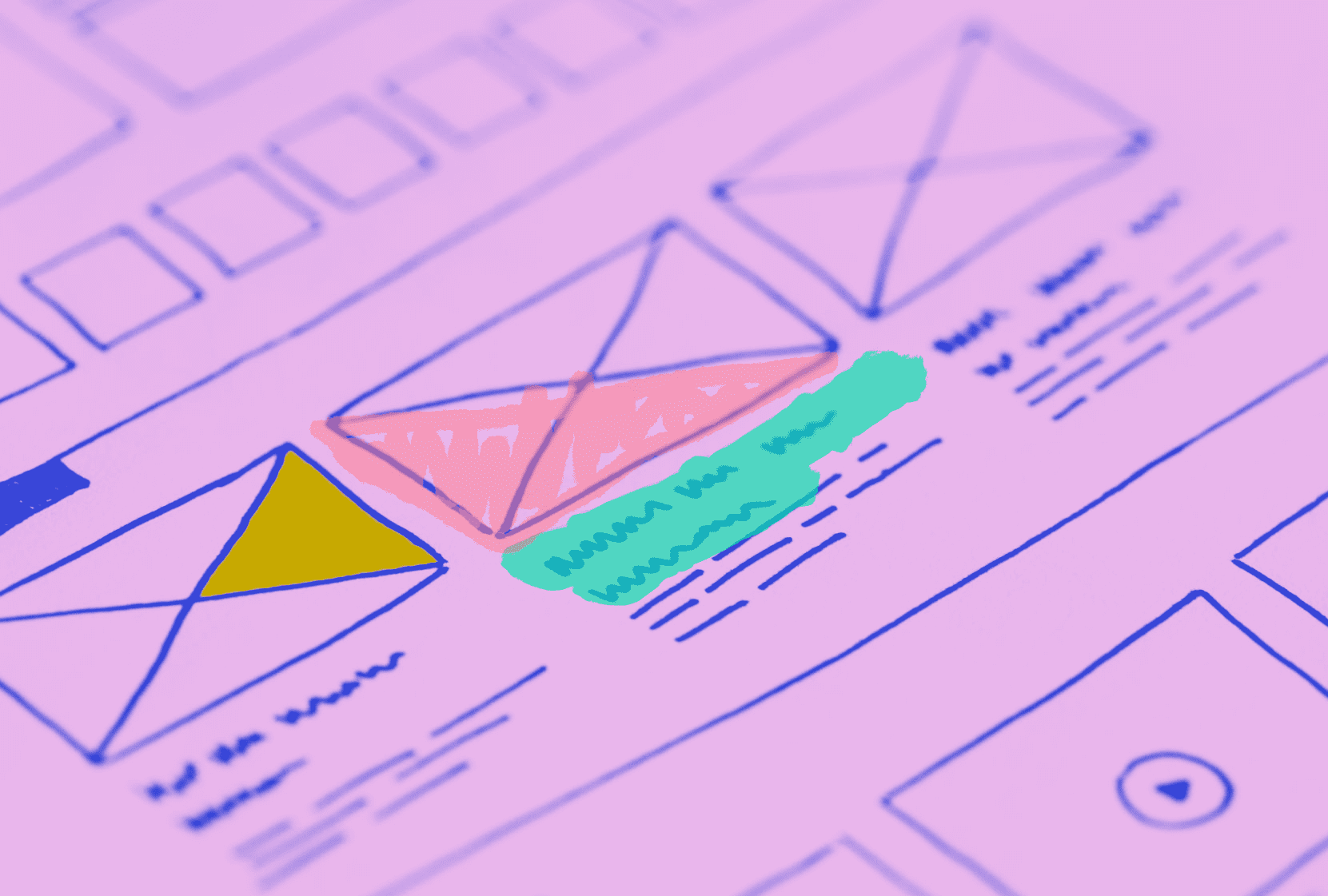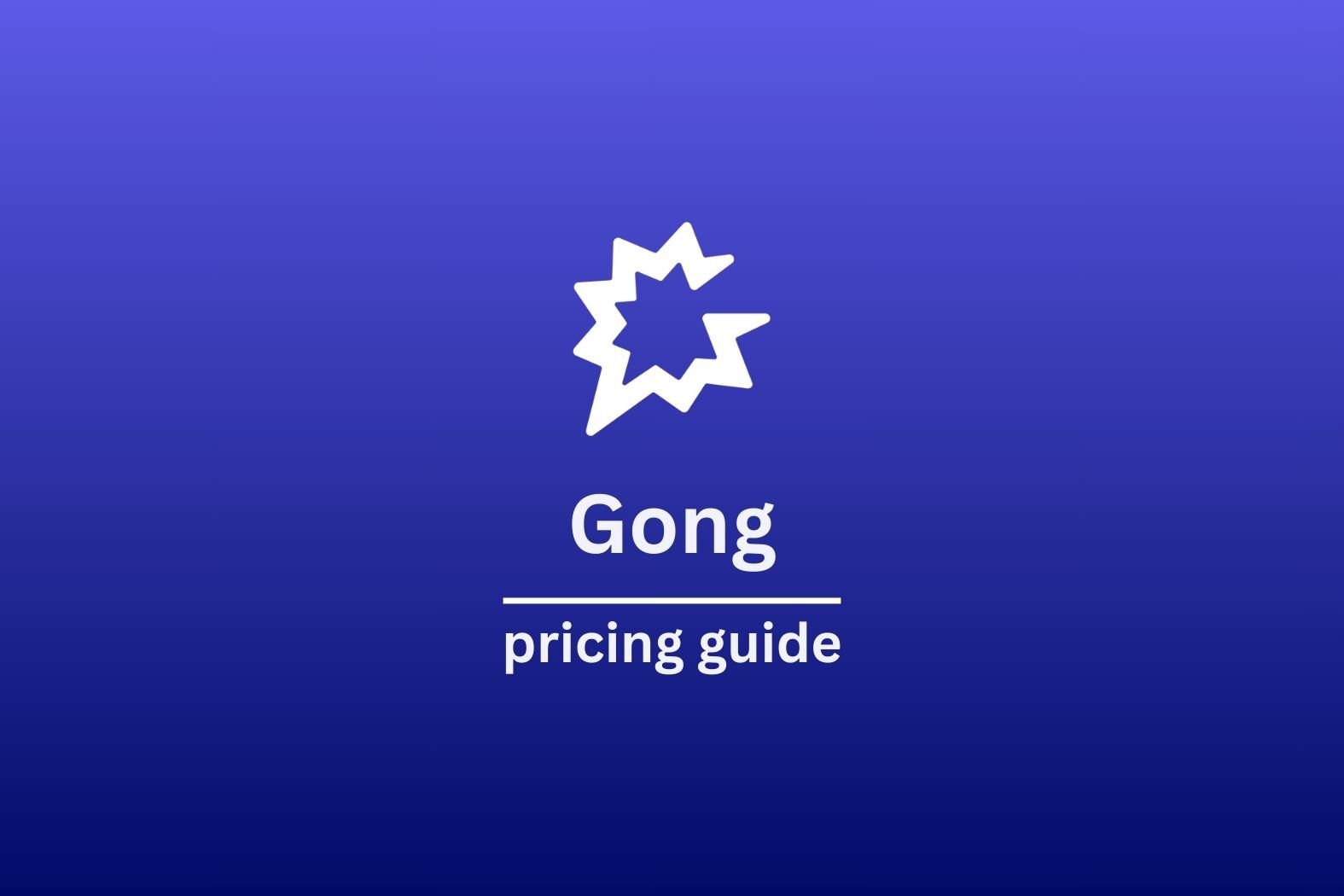Consumer’s expect intuitive products and software as a default. This is something that will fall on the shoulders of many Product Designers and UX Designers. But the question remains: what is the difference between a UX Designer and a Product Designer?
There are numerous specializations that come under the wider umbrella of designing, yet people tend to generalize these creators without understanding fundamental differences in the kind of work they do. One such distinction people fail to make is between a UX Designer and a Product Designer, both of which are considerably different professions.
In this article:
- What is the difference between a UX Designer and a Product Designer?
- Product Designer vs UX Designer: A Closer Look
- Product Design vs. UX Design: Role Requirements
- Product Designer vs. UX Designer: How much do they make?
What is the difference between a UX Designer and a Product Designer?
Who is a Product Designer?
The capacity to be multidisciplinary is what separates great designers from good designershttps://t.co/n7g3LGoJz8
— Lara Mendonça (@laraisuncool) April 27, 2021
If you define it in the simplest of ways, a Product Designer is responsible for the overall product; to make it visually appealing, affordable, and easy to use for their target customers. From the conceptualization of the product to make the most minute modifications, the Product Designer takes into consideration what the business wants and connects it to the consumer’s needs.
By this definition, of course, product designing includes a little user experience as well. Only an individual who can identify and analyze how a customer would approach and use a product can be a good Product Designer. Therefore, they must be able to handle UX Design, as well.
Such a UX Product Designer is a multitalented and shrewd individual, but there are areas in UX/UI that are better left to someone who specializes in user experience alone.
Who is a UX Designer?

UX Designers primarily focus on the customer’s product experience and subsequent customer retention. They ask themselves how they can make the product and its meta-products – the advertisements, the website, the accessories – as convenient and satisfying as possible for the customers, so that they keep coming back for more. Their focus is biased towards the customer and their interaction with the product, unlike that of a Product Designer, who also has to consider what the company needs.
UX Product Design requires professionals to pay equal attention to both the business requirements as well as user experience.
Product Designer vs. UX Designer: A closer look
To fully understand what is the difference between a UX Designer and a Product Designer, let’s take a look at how they operate at their best.
Product Designer – the expert problem solver
Product Designers are not just problem solvers alone, though – they are quick to problematize any situation or product in numerous ways so that they can make sure it is as efficient and perfect as possible. These professionals tend to be perfectionists, spending hours every day redesigning their product so that it aligns with their client’s business objectives, budget, and desired consumer experience.
They also have to take into account consumer behavior, technical design, marketing, and to a large extent, UI and UX Design because it takes all of this to make a satisfying product with business value.
Product Designers first try to define the problems with an existing product prototype in an unbiased and detailed way. They ask for feedback and test it out until their low-fidelity models evolve into a refined and user-tested product ready for sale.
UX Designer – the consumer’s best friend
UI and UX Design are all about the customer and how they feel when they use the product. It goes without saying that this job requires a good understanding of how people behave in certain situations. They handle the website experience, as well, in charge of optimizing it so that it is a streamlined stay for anybody who comes across it.
UX Designers improve the product until it is easy to use for the consumer within a few seconds of them coming across it. The final product that a UX Designer approves will cater to the consumer in a way that the business objectives of the company are still met.
For instance, they make sure that when a consumer finds your product on the shelf, they can figure out how it works and why it would be a good purchase within a few seconds of inspecting it.
UX Product Design seems like an important role in any business, right? Surprisingly, only 55% of companies employ professionals who can conduct UI and UX Design. What these companies don’t realize is that better UX can raise the conversion rate of leads from one’s website by 400% according to research by Forrester Research.
Product Design vs. UX Design: Role requirements
To get hired for these roles, you’ll have to fill big shoes. Here’s what you require to start working as a Designer in reputable companies.
Product Designer: Role requirements
- An undergrad degree and three years of professional experience in related fields.
- Comprehension of the role responsibilities and a good eye for visual Design.
- A systematic method of conceptualizing, Designing, and testing out the product.
- A portfolio with functional Designs for products as well as website/mobile/desktop UI and UX.
- Prototyping and testing skills, along with good communication skills.
- Experience with research and statistics and the ability to draw useful inferences from them.
- Knowledge in programs and prototyping tools like Sketch and InVision.
- Problem-solving skills.
A Product Designer should have a holistic approach and understanding of the whole process of Designing a product, from how the initial prototypes are laid out to minute details like color, typography, visual hierarchy, etc.
Interviews usually cross-examine the professional’s knowledge of current trends in the industry and their enthusiasm towards learning more about the product’s usage and consumer behavior. They should be able to gather all kinds of data and convert it into tangible results. Therefore, it goes without saying that a good Product Designer has a strong nose for business.
UX Designer: Role requirements
- A minimum of three years of experience in UX Design and process, although some firms don’t consider a university degree as mandatory.
- Expertise in Design and prototyping tools like Adobe, InVision, and Sketch.
- A portfolio that demonstrates their creative process and exhibits their abilities to create sitemaps, wireframes, and process flows.
- Clear, user-centric UX deliverables that work across platforms with strong hardware endpoints.
- A good understanding of consumer behavior and how to draw inferences from available research.
- Ability to collect user inputs from client interactions to optimize the UI and UX Design.
A UX Designer needs to be insatiably interested in how consumers think and behave. They need to be up to date with theoretical frameworks and empirical research on consumer behavior, especially in the kind of businesses and products they usually work with.
UX Designers need to be imaginative and intelligent individuals who can problematize even the most perfect-looking user interface and develop solutions in a nutshell. Their role is to perfect what is already close to perfect, thanks to the UX Product Designer.
Product Designer vs. UX Designer: How much do they make?
When researching what is the difference between a UX Designer and a Product Designer, salary is certainly an important distinction. A UX Product Designer usually earns a little more than a professional who only focuses on UI and UX Design.
Salaries do depend on where you live, which is why it is advised to check with a potential employer what the exact pay is before signing on for any project.
Product Designing

Product Designers in the US usually earn upwards of $119,000 in a year and usually enjoy benefits like paid parental leave and stock options if they work for established companies.
Dropbox paid their Product Designers around $207,420 per year, while Facebook paid $193,859. Product Designers earn the highest in San Francisco and Seattle, and 63% of Product Designers in the country believe that they are paid enough to cover living costs.
UI and UX Design

US companies pay their UX Designers an average of $98,282 every year, usually accompanied by a cash bonus of five thousand dollars. These professionals also enjoy paid parental and medical leave and stock options if employed by a successful firm.
UX Designers’ salaries usually increase based on how much experience they have in the field. A beginner in the field may make just above $80,000 a year, but a seasoned professional with experience of 10+ years can easily make $130,000.
Companies like Facebook and Audible pay their UX Designers $207,652 and $153,262, respectively – the more integrated the company’s user experience is with its product’s profits, the higher paid these professionals tend to be.
Final thoughts on Product Designers vs. UX Designers
Now that we have answered the question, “what is the difference between a UX Designer and a Product Designer?” you should now have a good idea of the responsibilities and rewards that come with each of these roles. While a Product Designer focuses on making consumer requirements meet business objectives, a UX Designer is dedicated to make the customer journey a delightful experience. It is glaringly obvious that these professionals are dynamic and creative individuals whose thoughts have gone into every product in your room right now!
Want to increase your knowledge bank as a current or future UX Designer or Product Designer? Why not check out our article on learnability!





